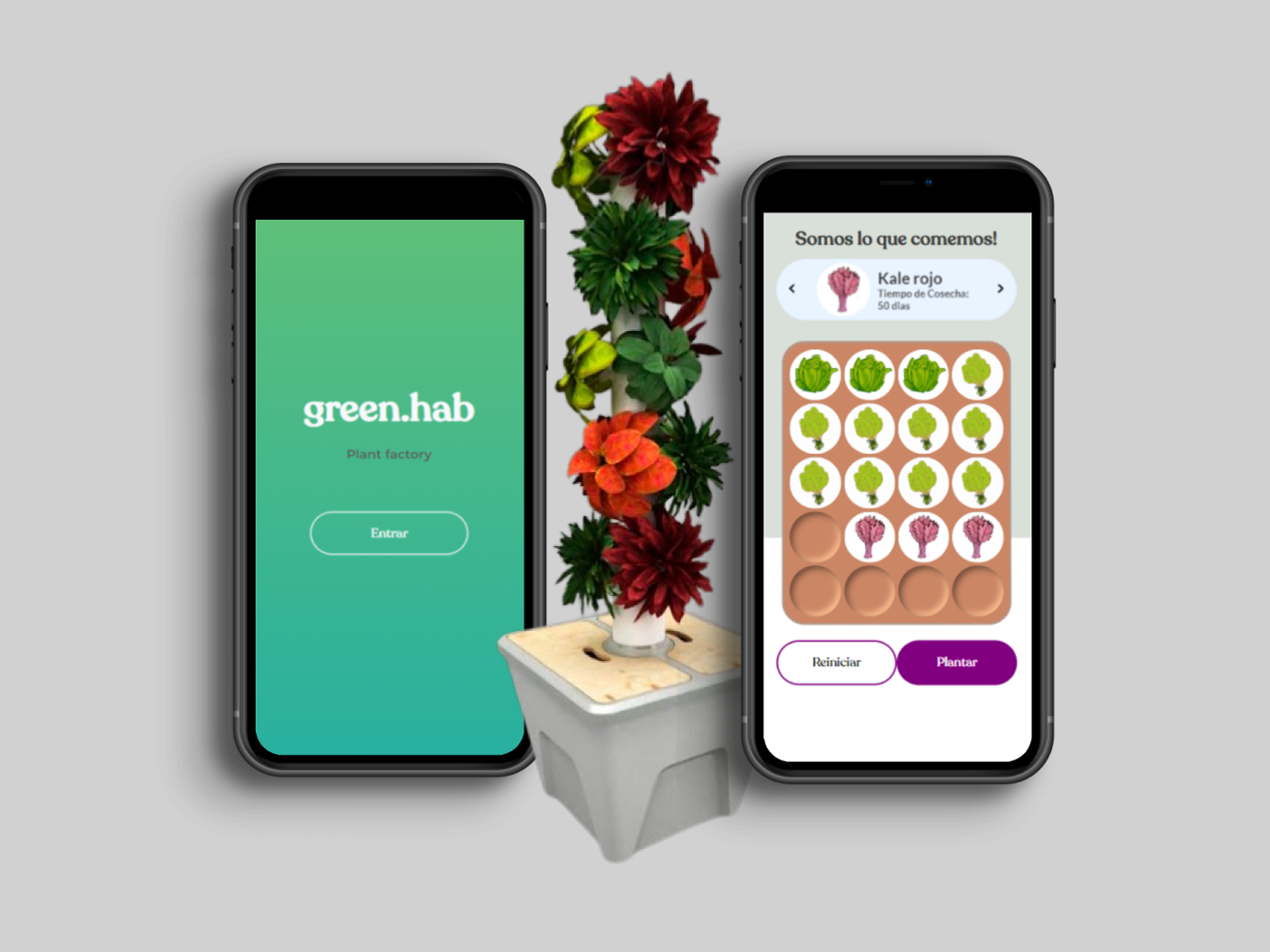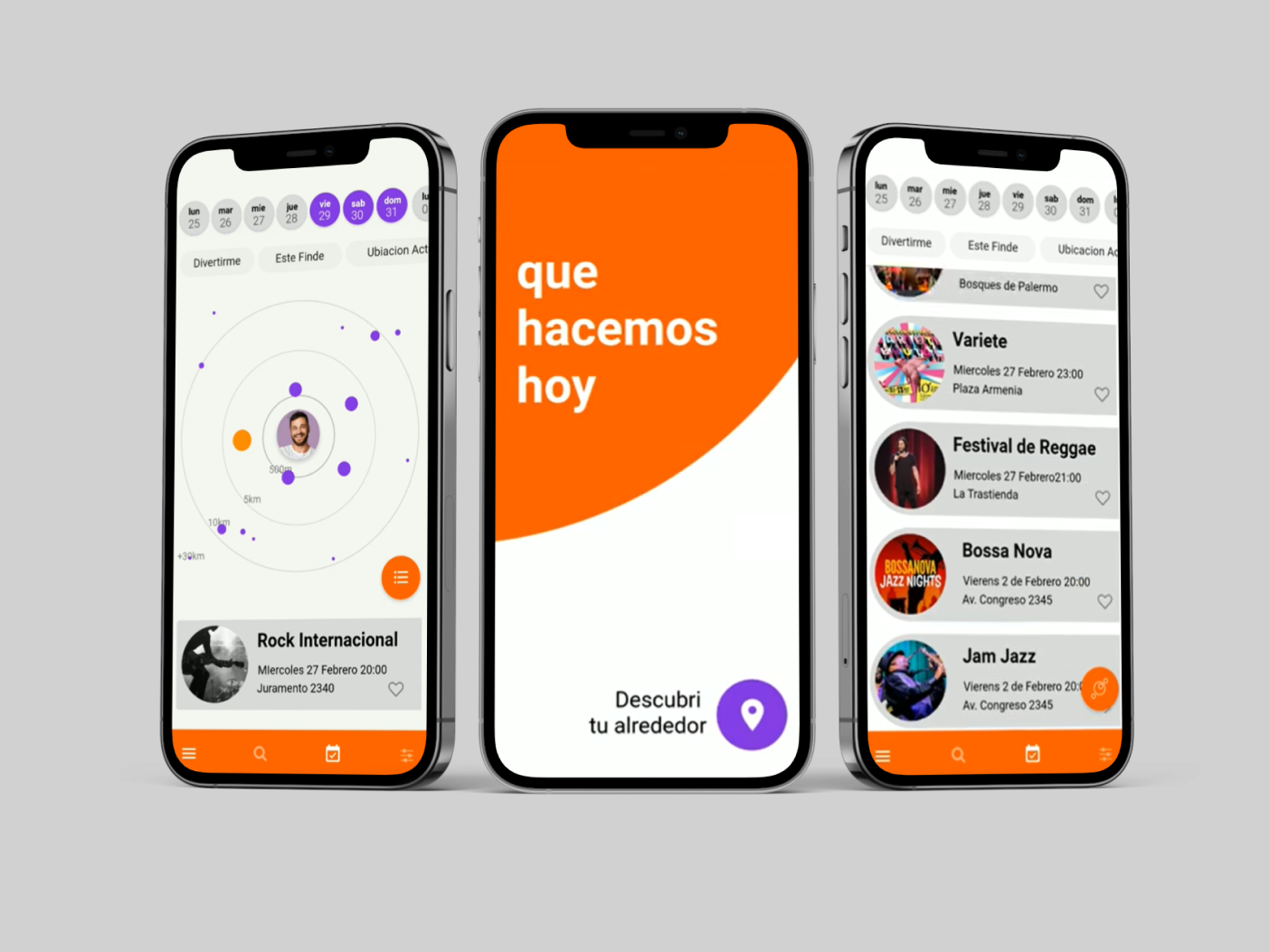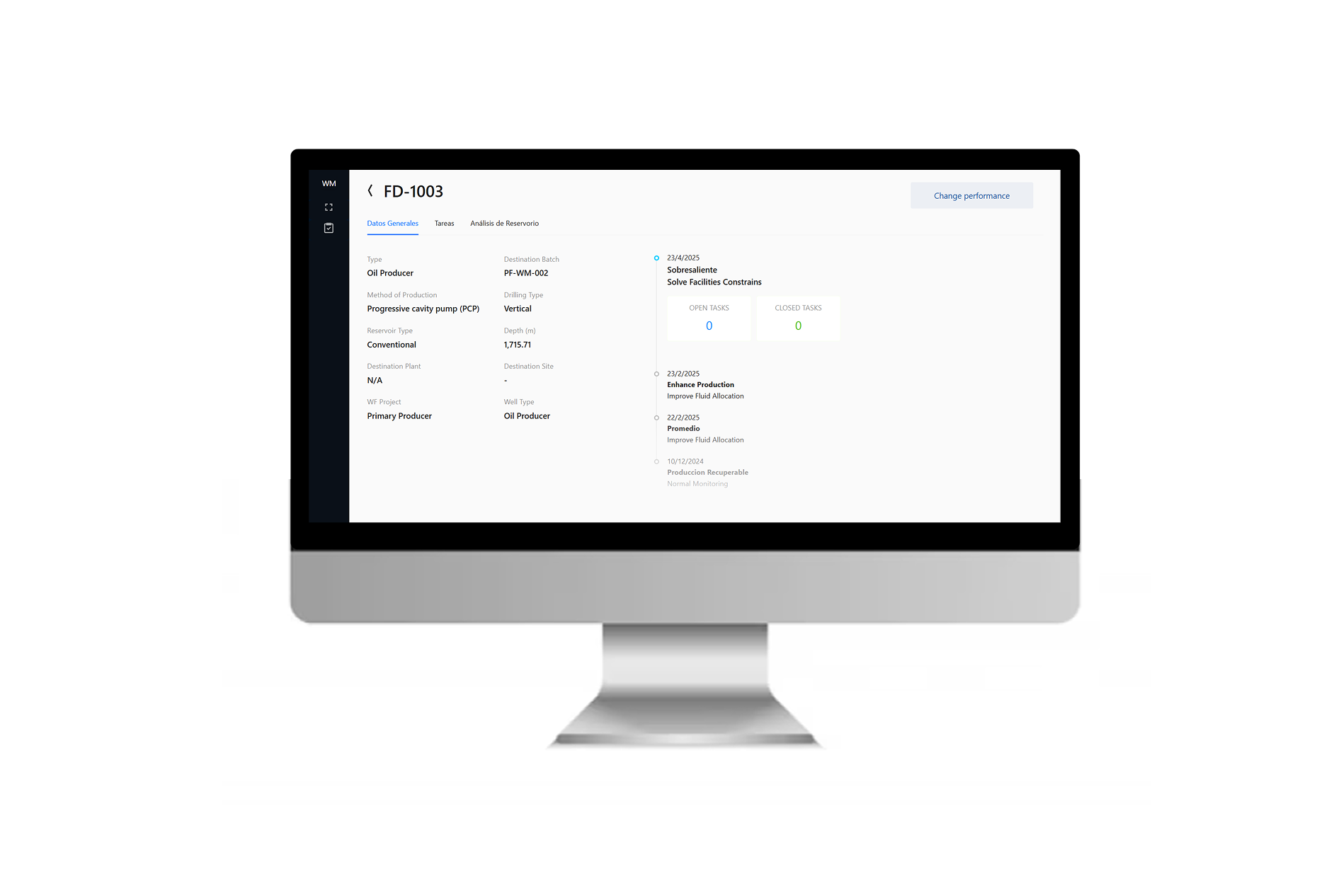Objective
To improve the processes of a wholesale distributor, an order management system was designed to provide easy and dynamic information about the status of an order.
Segment
Auto parts
My role
Product Designer, Front/ Back End Developer
About
The project was divided in three phases. Initially, the need for a solution arose when detecting a lack of centralized information. This marked the first phase. Subsequently, the application underwent rebuilding to accommodate new requirements and needs, constituting the second phase. Finally, in the third phase, the system was expanded to build specific views of the information for different actors representing an expansion in functionalities.
1) The Beginning (2019-2021)
When preparing a customer's order, the existing inefficiencies from order placement to delivery resulted in recurring errors. Some of the errors detected were:
Working Blindly: Lack of visibility into the status of orders, leading to uncertainty and potential errors in the process.
Missing Pending Items: Lack of a system to track items that were out of stock, resulting in incomplete records of orders.
Lack of Accountability: Difficulty in identifying the source of errors or issues within the system.
Ambiguous Manual Entries: Handwritten notes were often unclear, leading to misinterpretation of information.
Lack of Backup: Sole reliance on paper records, making it difficult to recover lost or misplaced orders.
Double Entry: Orders were entered manually twice, leading to duplication of efforts and increased likelihood of errors.
The solution was conceptualized and then delegated to a developer for its implementation, resulting in the deployment of the initial version within a month.
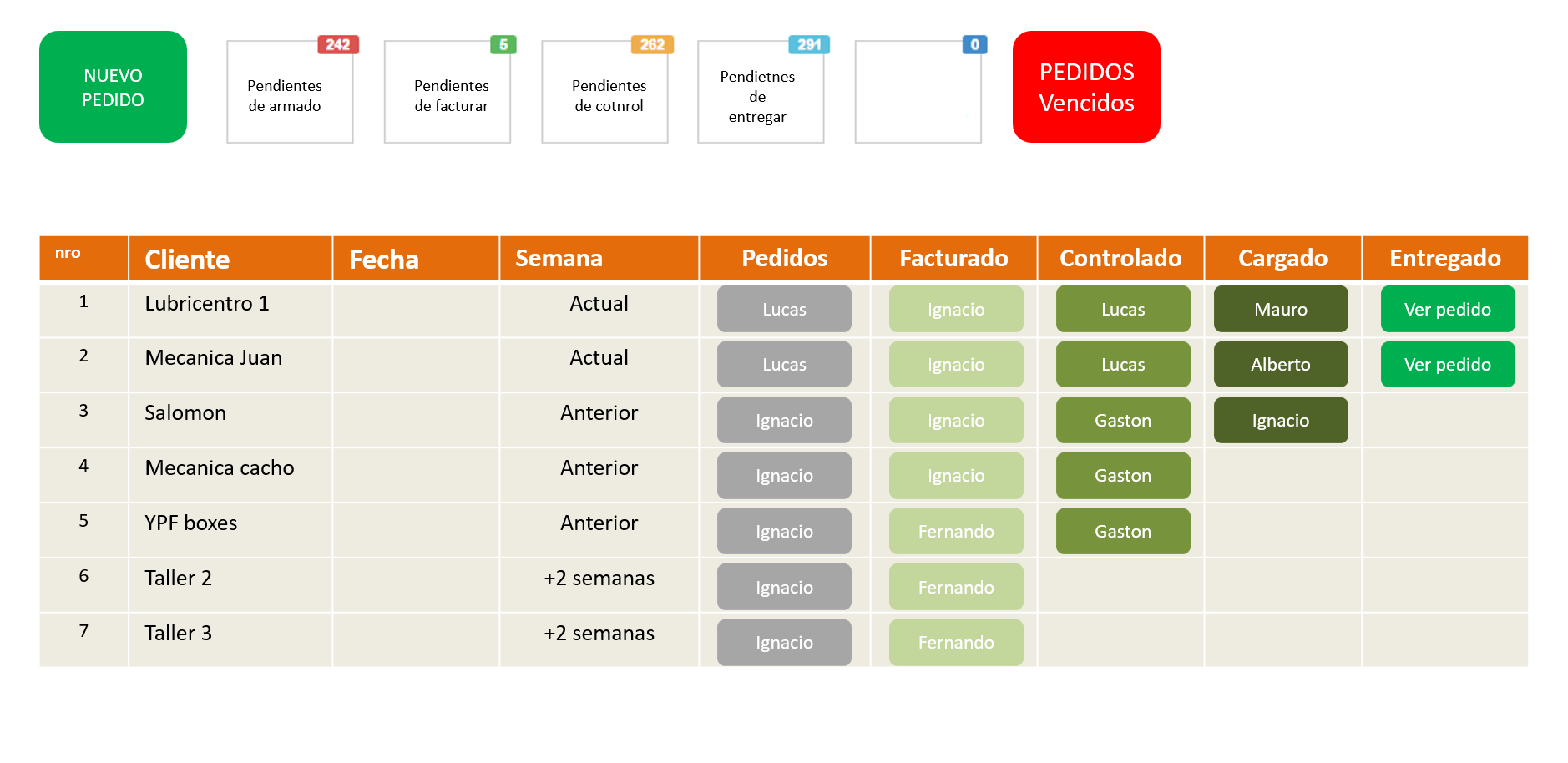
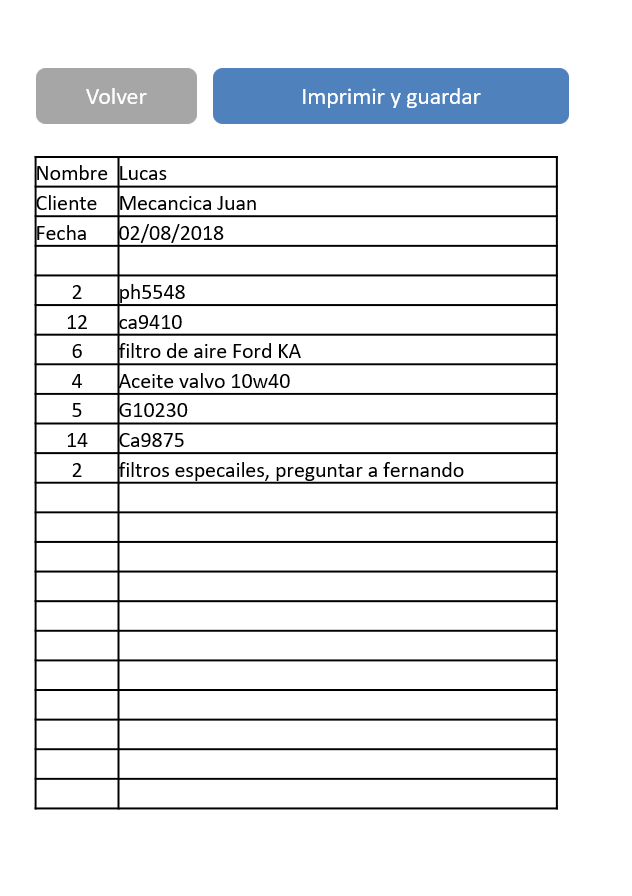
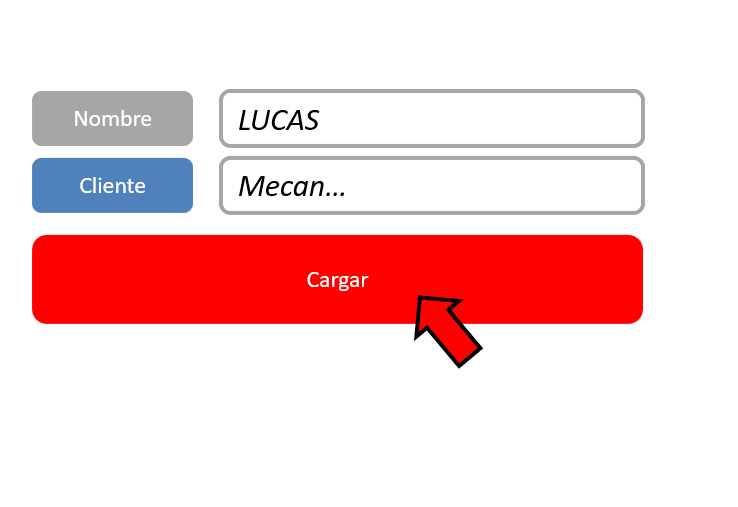

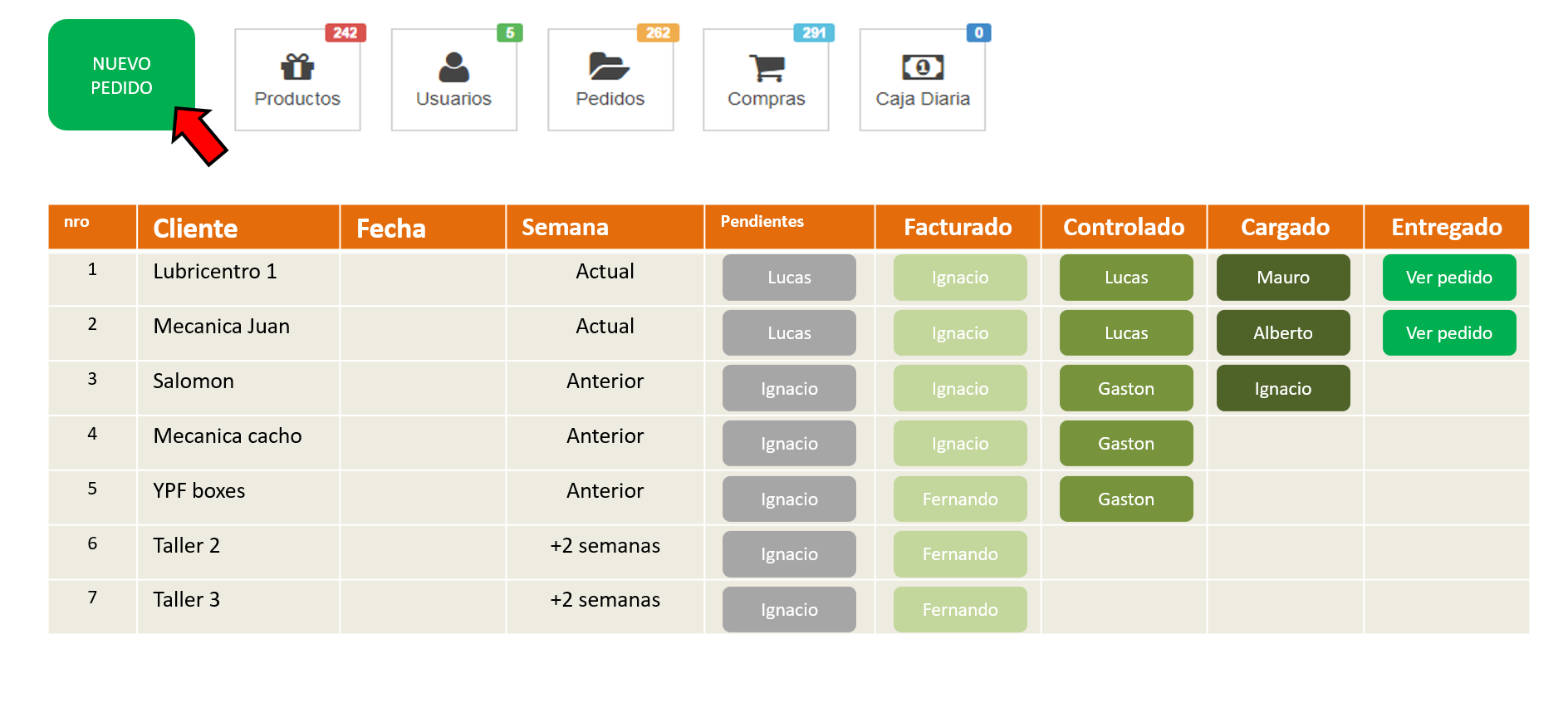
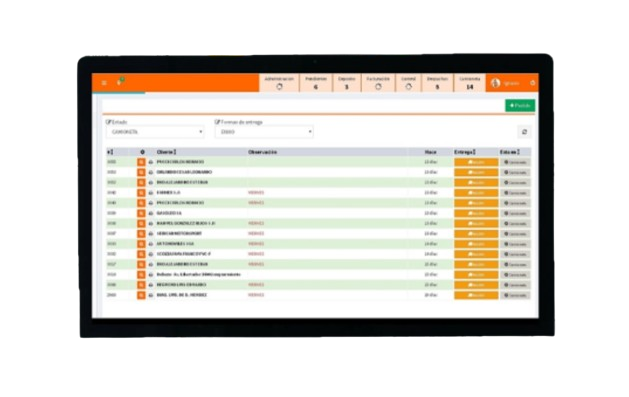
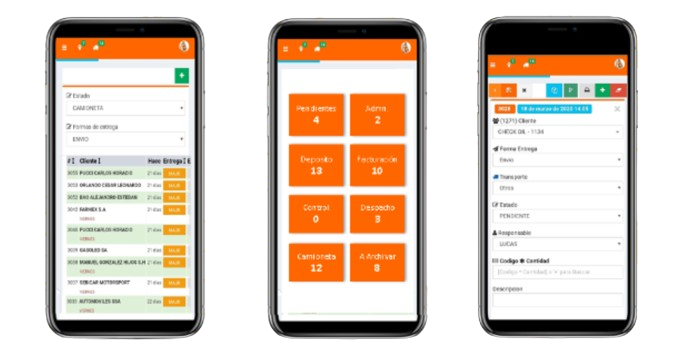
2) Rebuilding the app (2021-2022)
For a while, the app ran smoothly without any updates. However, as time passed, new requirements emerged, and the developer was unable to accommodate the changes. Meanwhile, the wholesaler utilized an ERP system to manage invoices, client balances, stock, and prices. Integrating the two solutions became crucial to accessing real-time information.
During this period, I began studying web development and had already created several web pages. After facing a few challenges, I ultimately succeeded in developing the initial version of the integration.
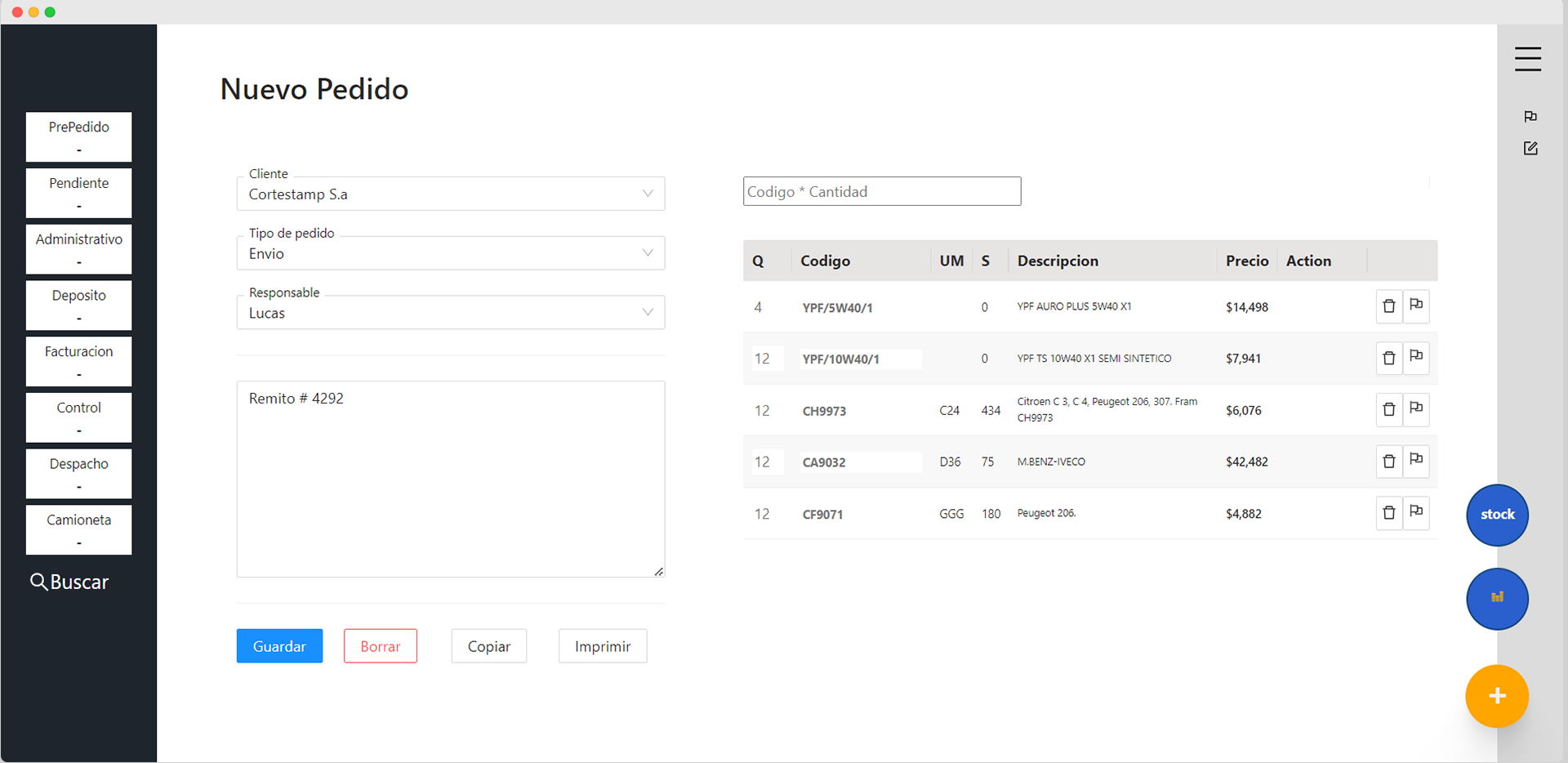
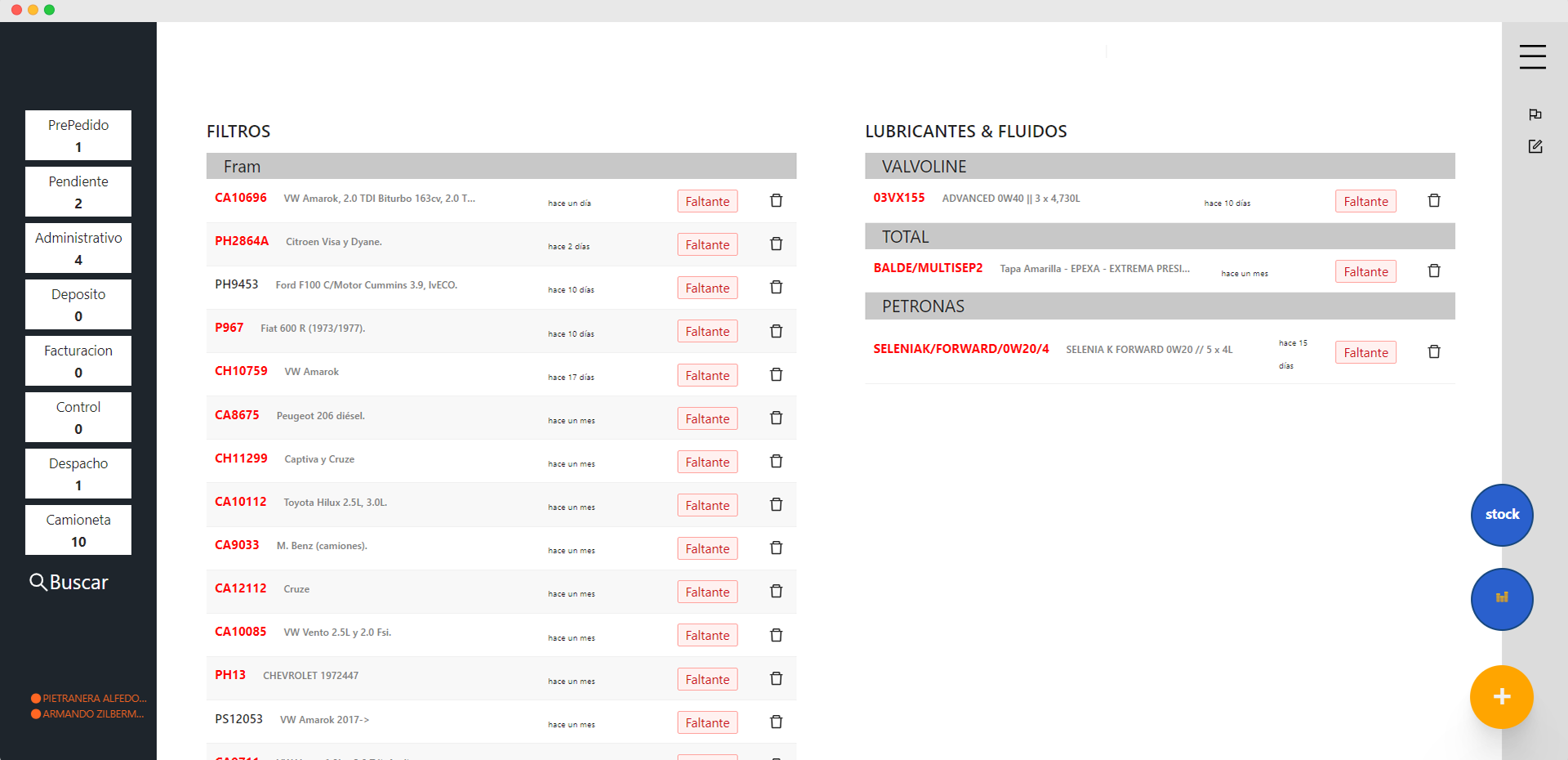

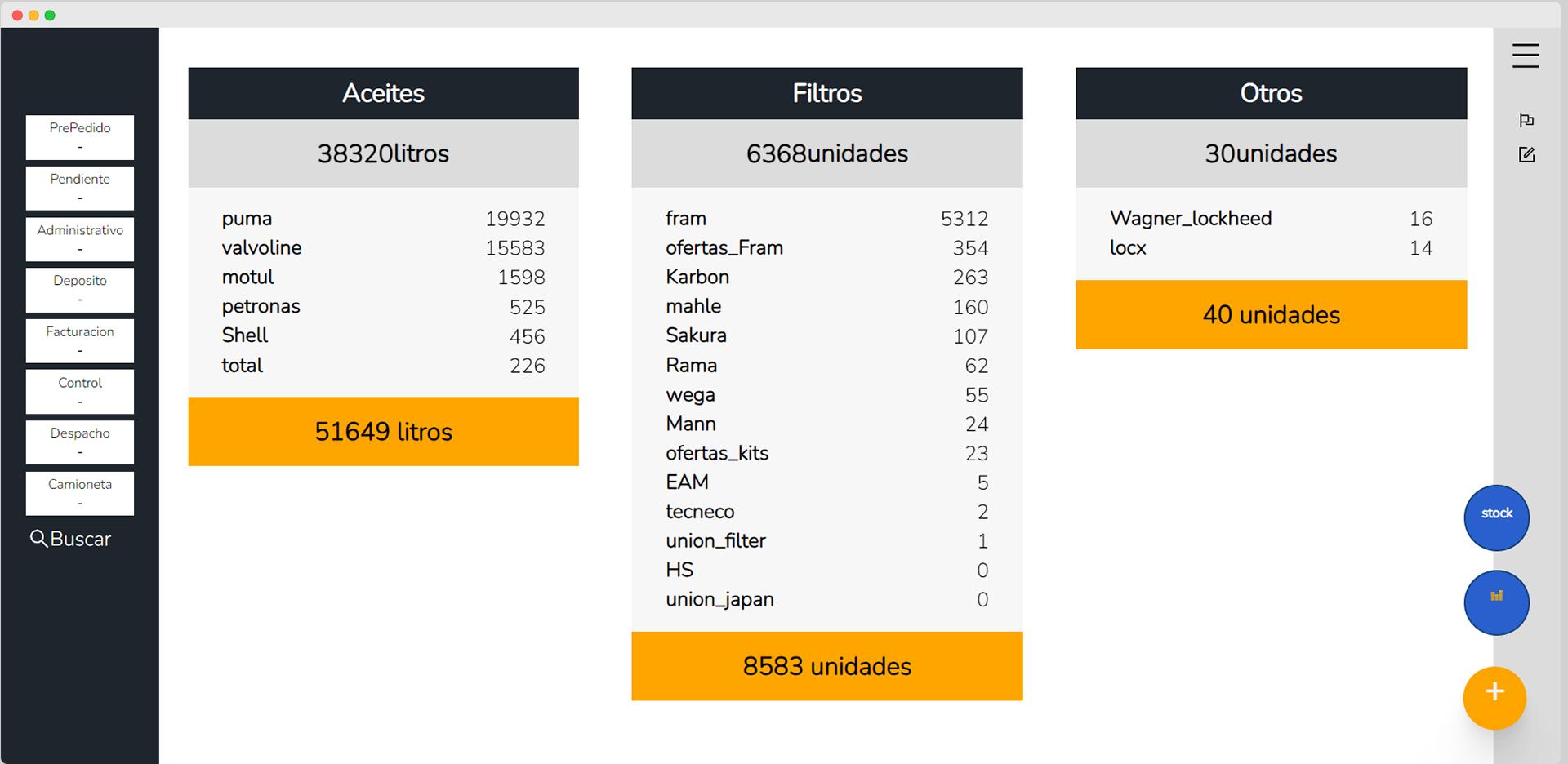
3) Expansion (2022- ongoing)
In the third phase of the project, the app underwent significant expansion to better serve both sales agents and clients:
PWA for Sales Agents:
A Progressive Web Application (PWA) was developed specifically for sales agents, aiming to streamline their workflow and improve usability. This PWA provided them with easier access to essential features and functionalities, allowing them to manage orders and tasks more efficiently.
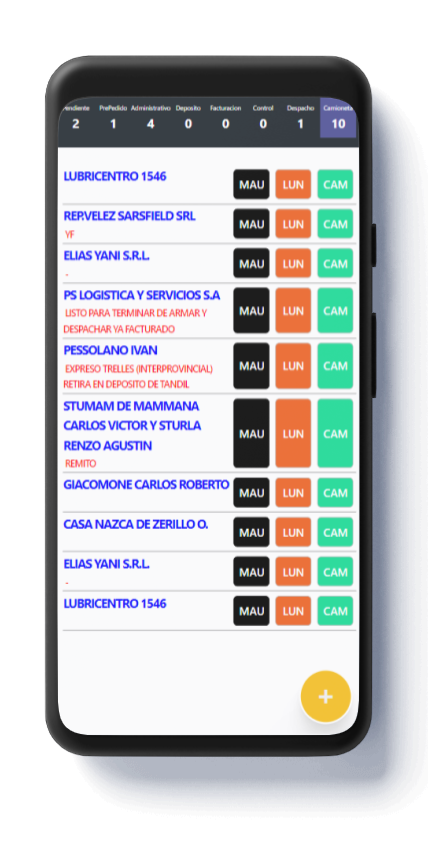
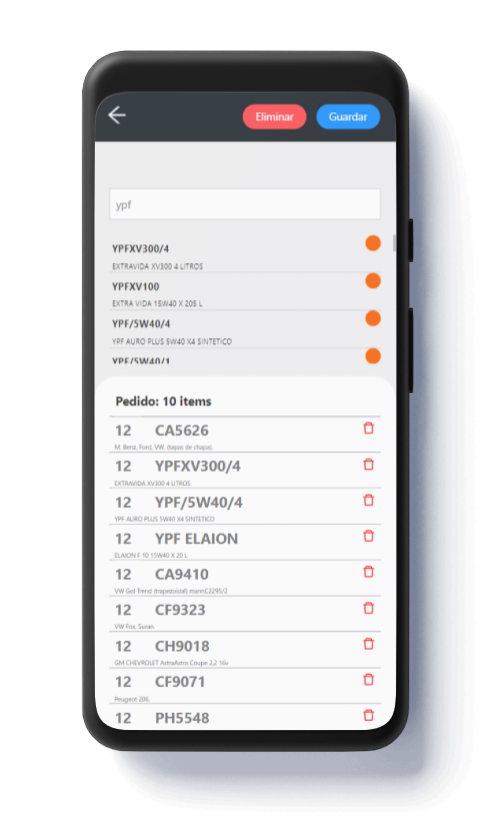
Web Application for Clients:
Another web application was designed specifically for clients, offering them a user-friendly platform to submit orders and check their balances. This dedicated interface empowered clients to interact with the system seamlessly, enhancing their overall experience and satisfaction.
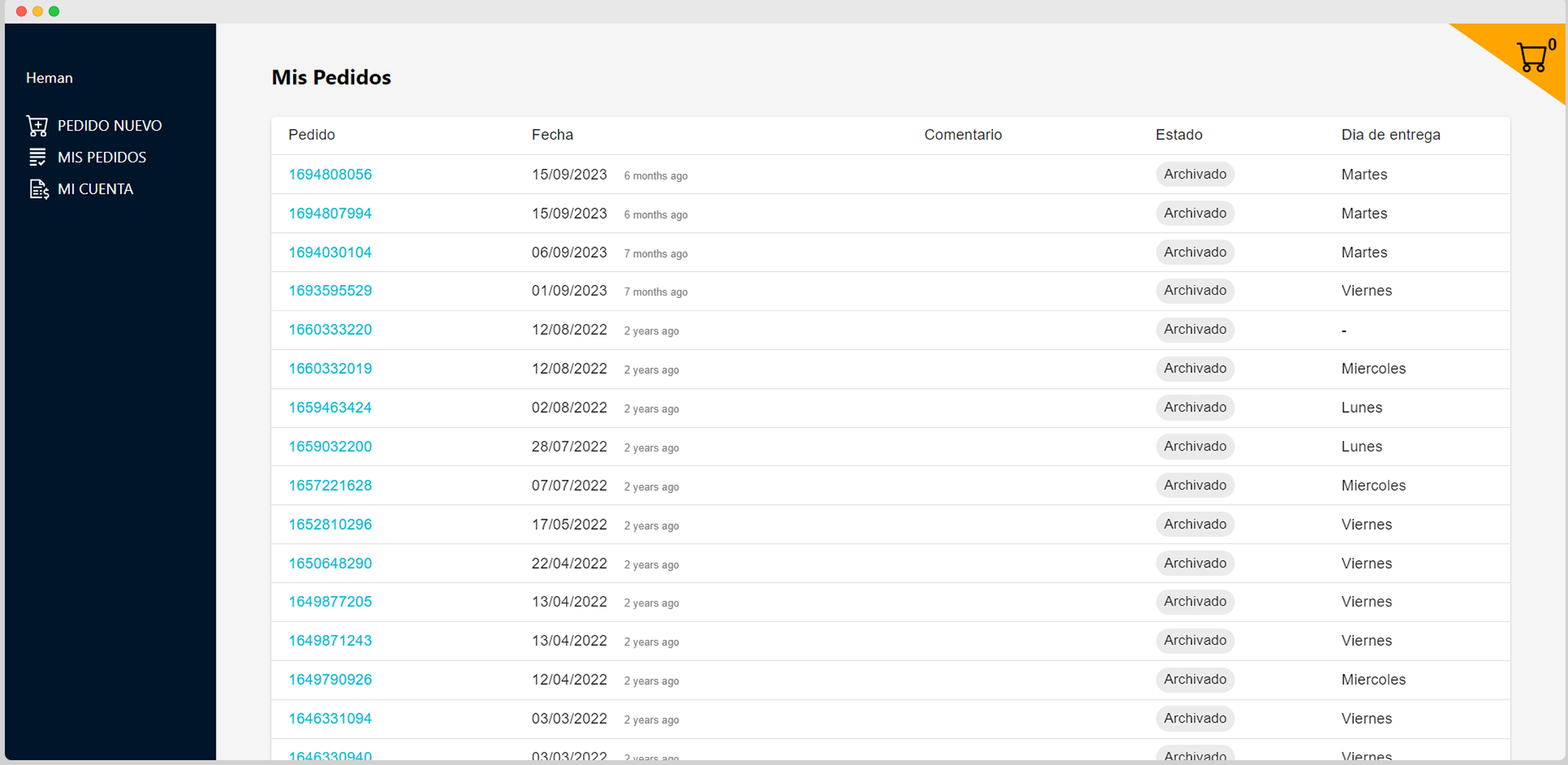
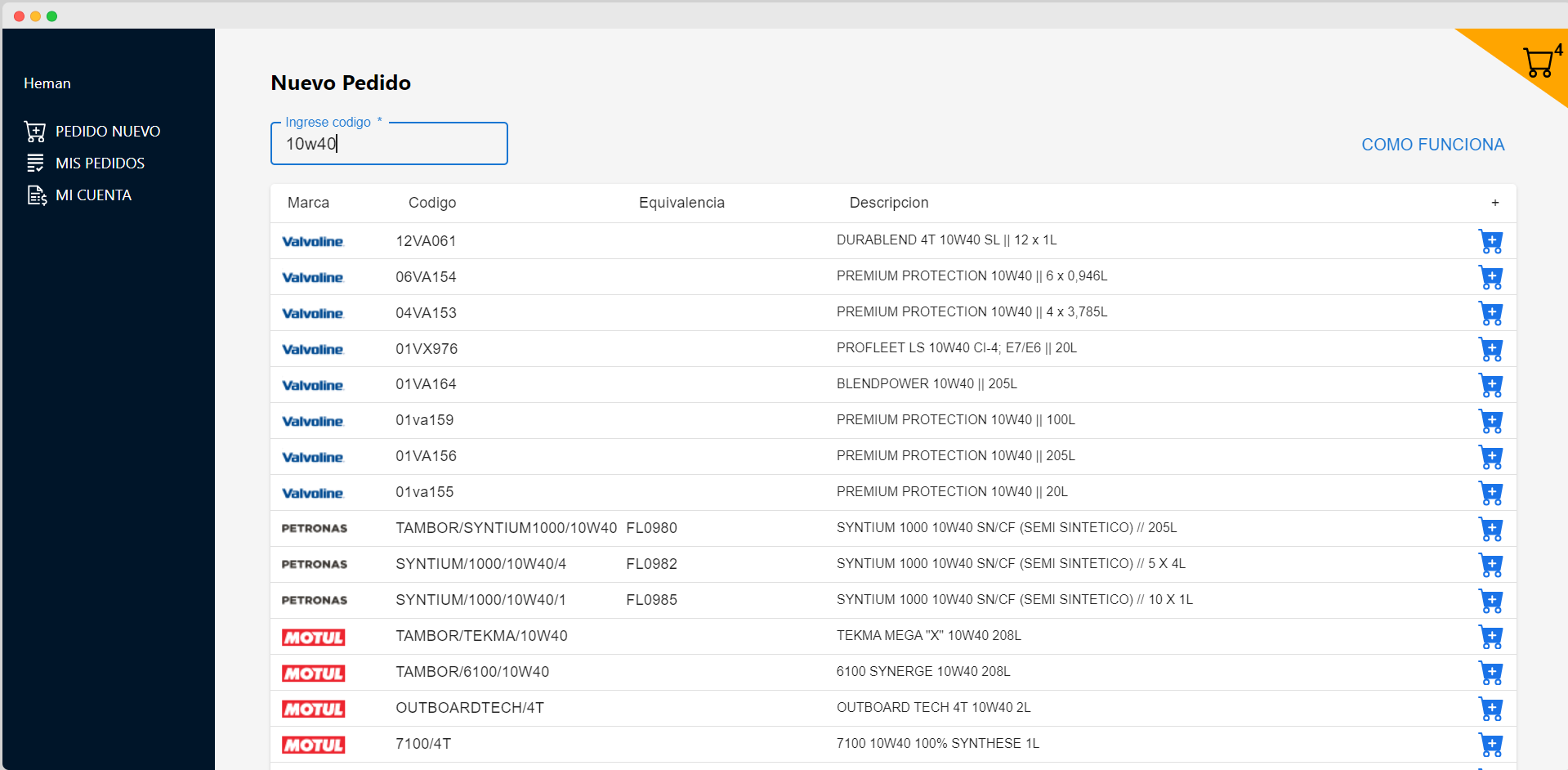
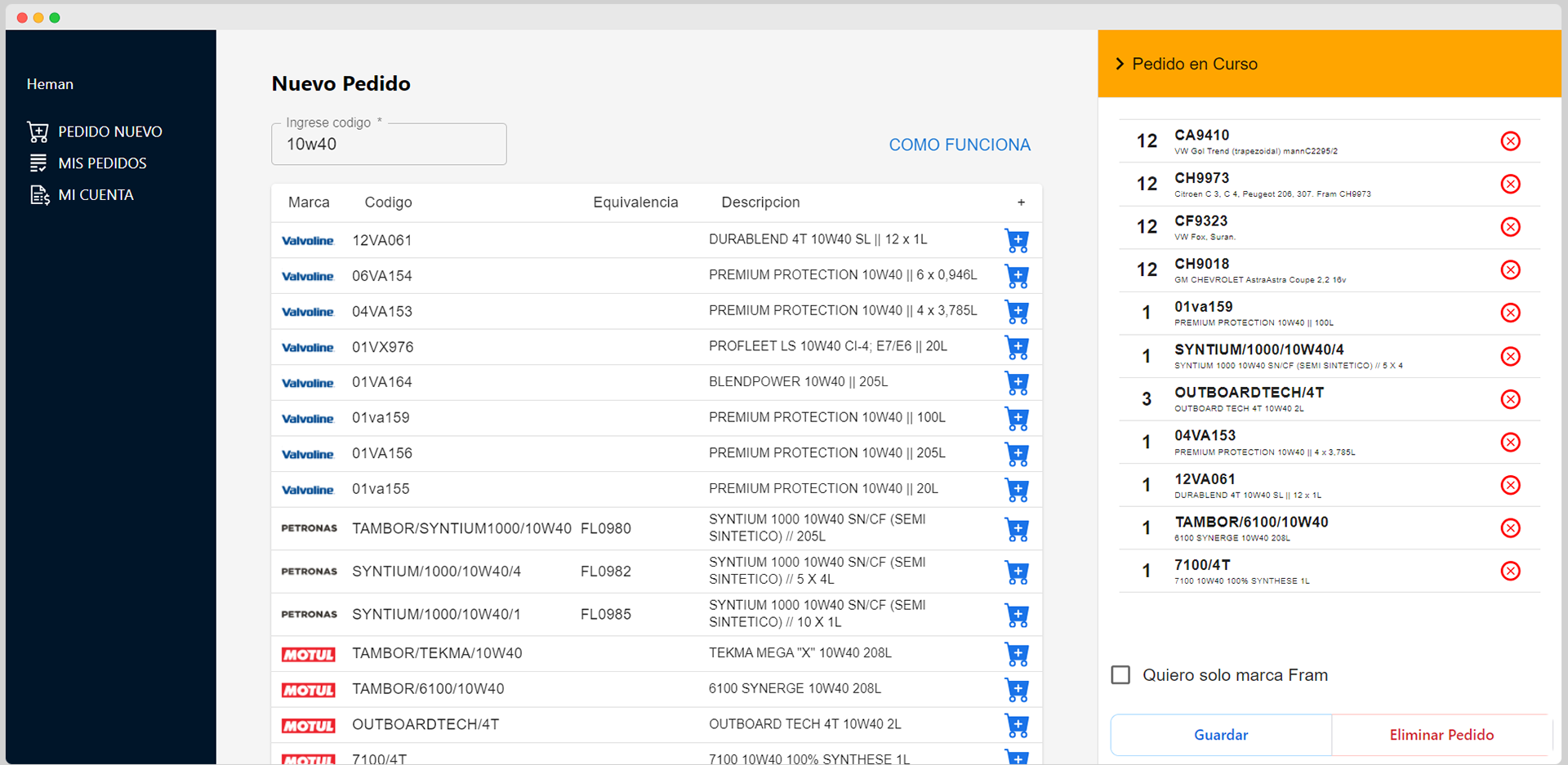
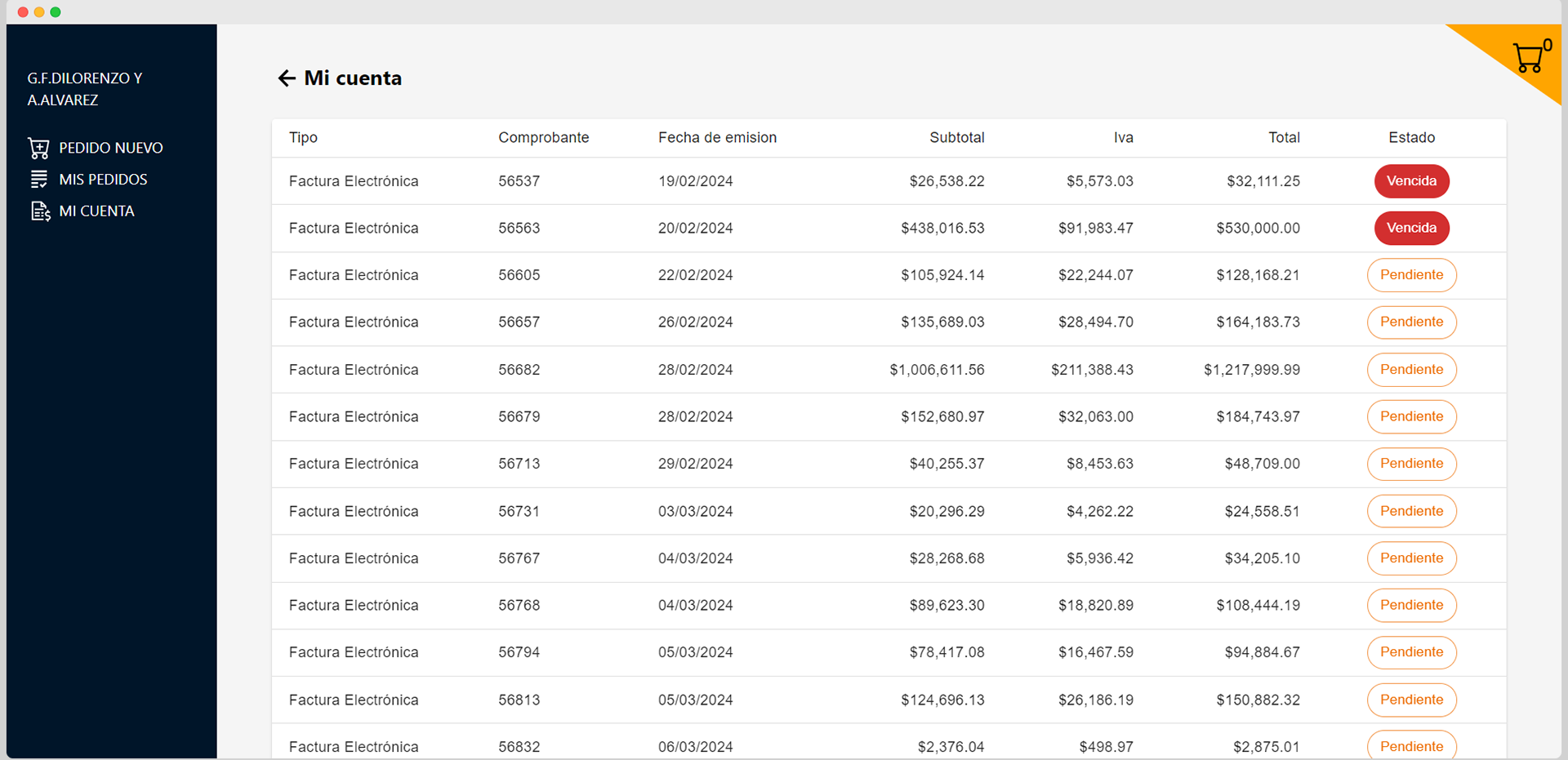
WhatsApp Bot for Internal Use:
Additionally, a WhatsApp bot was developed for internal use initially, providing a quick and convenient way for team members to access information such as stock availability, prices, and account balances. This bot significantly expedited the process of querying important data, improving overall operational efficiency.
These expansions diversified the functionality of the app, catering to the specific needs of both sales agents and clients while also streamlining internal processes for the wholesaler.

